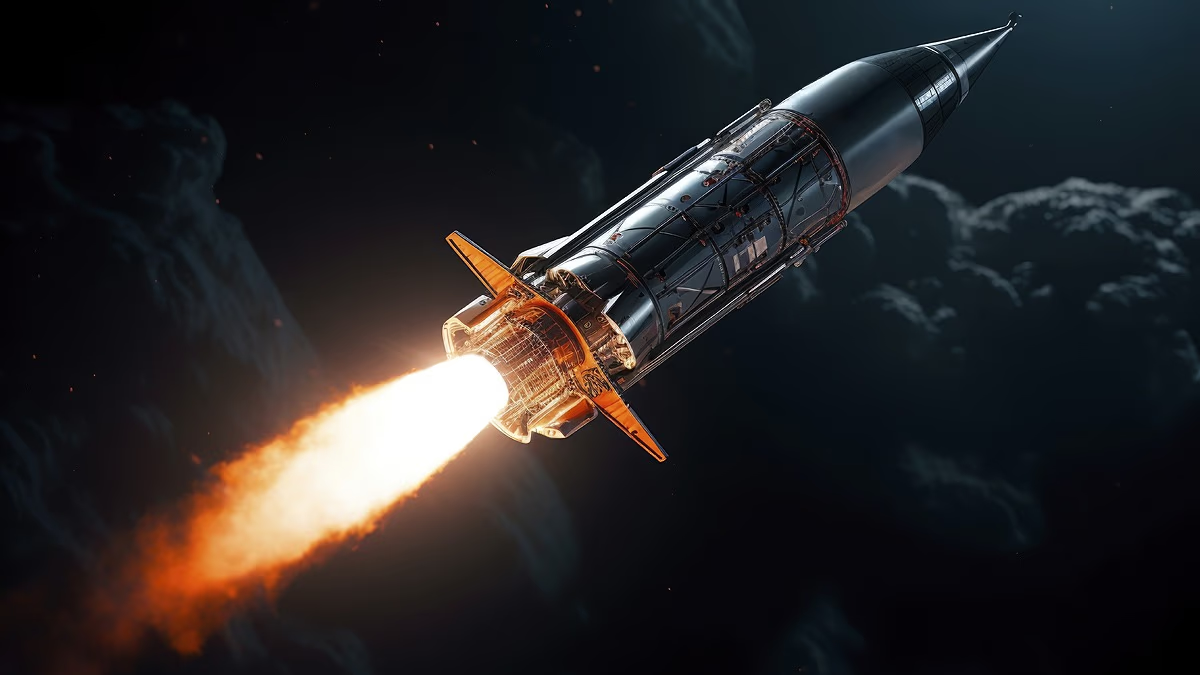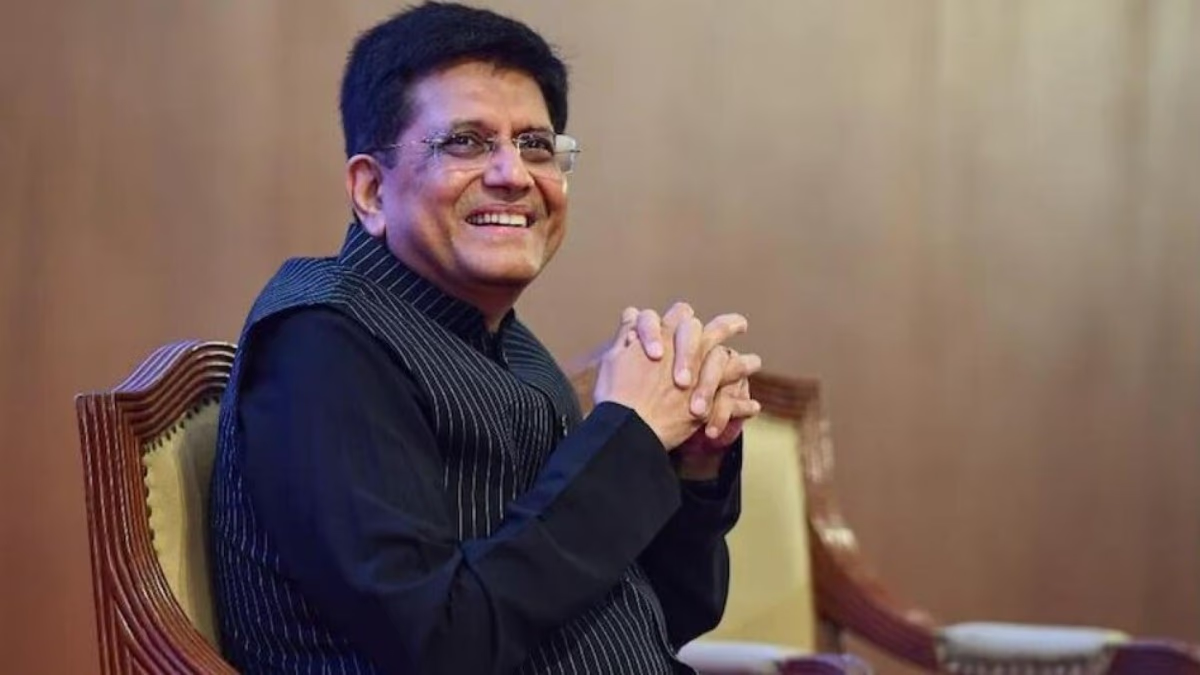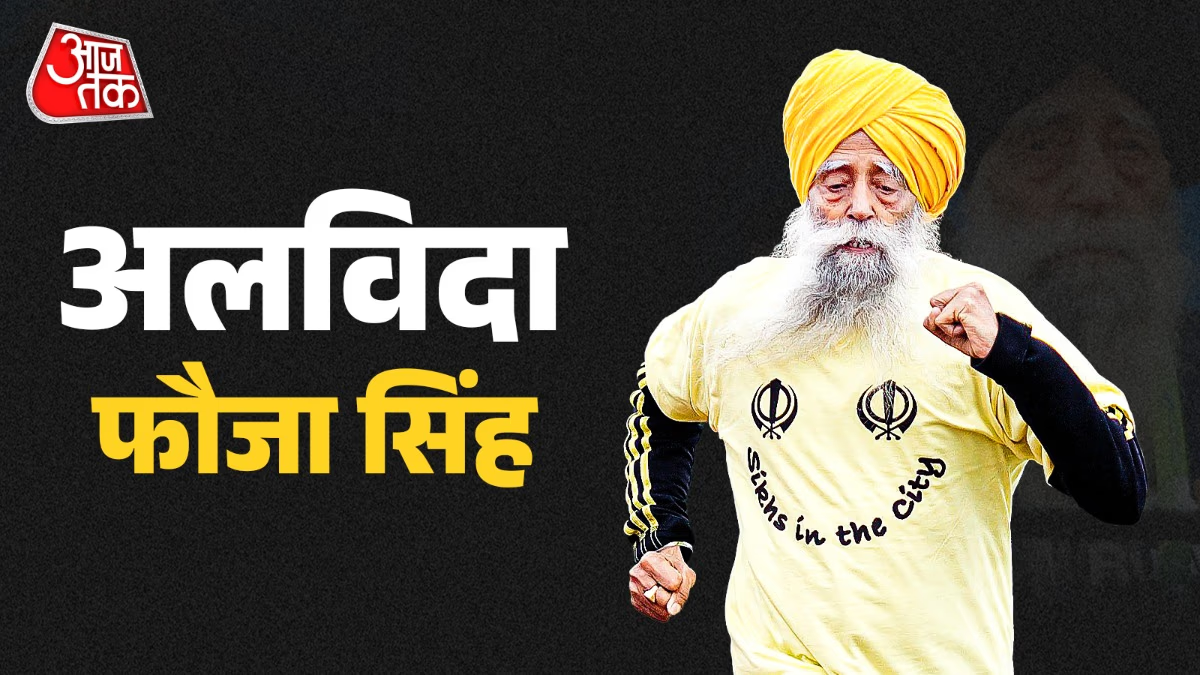India has achieved a significant milestone in elevating its defense capabilities. The Defence Research and Development Organisation (DRDO) has successfully tested the Extended Trajectory-Long Duration Hypersonic Cruise Missile (ET-LDHCM), developed under Project Vishnu. This missile, with its speed, range, and pinpoint accuracy, endows India with enhanced strategic strength.
Let’s delve into the missile's features, specifications, and its potential impact on areas in Pakistan and China.
What is the ET-LDHCM Missile?
The ET-LDHCM is a hypersonic cruise missile indigenously developed by DRDO under Project Vishnu, one of India’s most advanced missile endeavors. It is notably more lethal and faster than the current supersonic BrahMos missile, recently utilized in Operation Sindhur. Amid global tensions, such as the Israel-Iran conflict and rising India-Pakistan tensions, this missile represents a pivotal component of India's defense modernization.
Discover more:
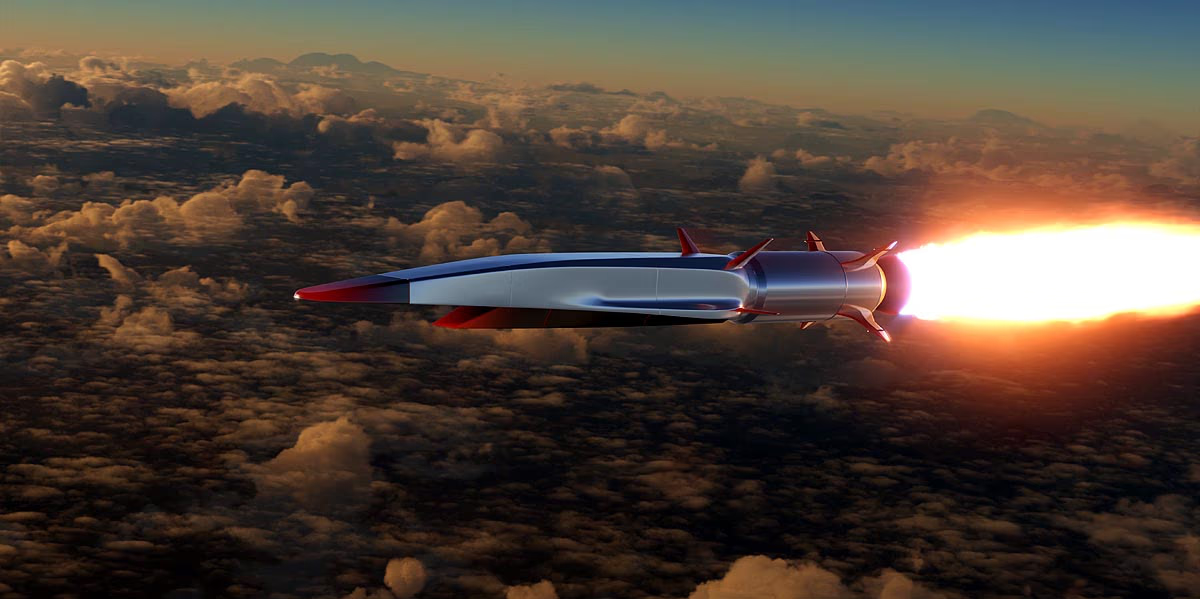
Source: aajtak
Features of the Missile
The distinctive features of the ET-LDHCM place it among the world's most advanced missiles...
Speed: This missile can soar at Mach 8, approximately 11,000 km/hr. For comparison, the speed of the BrahMos missile is Mach 3 (around 3,675 km/hr), meaning the ET-LDHCM is three times faster.
Range: It boasts a reach of 1500 km, significantly greater than the BrahMos's 290 km (later extended to 450 km). This range empowers India to strike deep into enemy territories.
Payload: The missile can carry conventional or nuclear warheads weighing between 1000 to 2000 KG.
Engine: Equipped with a scramjet engine, it utilizes atmospheric oxygen for fuel combustion, eliminating the need for conventional rotary compressors. It sustains hypersonic speeds over extended periods.
Flight Altitude and Maneuverability: This missile flies at low altitudes, aiding in stealth against radar. It can change its course mid-flight, making it difficult for enemy air defenses to intercept.
Thermal Resistance: It can endure temperatures up to 2000°C, crucial for managing the heat generated at hypersonic speeds.
Launch Platform: It can be launched from land, sea, or air, offering strategic flexibility.
Explore further:
Coverage of Pakistan and China
The 1500 km range of the ET-LDHCM provides India with a robust weapon against neighboring countries. Let's examine the extent to which this missile can target these nations...
Pakistan
Pakistan measures approximately 1,600 km from north to south, but its width from east to west is roughly 650-700 km.
If launched from India's western border, such as Jammu-Kashmir or Gujarat, this missile can cover most of Pakistan, targeting key military and civilian sites like Islamabad, Karachi, Lahore, and Rawalpindi.
Some remote western areas, such as parts of Balochistan, might remain outside this range. Overall, around 90-95% of Pakistan falls within the missile's striking capability.
Learn more:
China
China's geographical width (east to west) is about 5200 km, and its length (north to south) is approximately 5500 km, making it vast.
When launched from India’s northern border, such as Arunachal Pradesh or Ladakh, the ET-LDHCM can target China’s eastern and central regions, including military bases like Tibet-Xinjiang.
The missile’s range excludes China’s western and northern reaches, such as deep areas of Xinjiang. Approximately 25-30% of China falls within this missile range, focusing on strategic areas near the border.
Thus, the ET-LDHCM grants India the ability to monitor crucial parts of Pakistan and China, potentially altering regional balance.
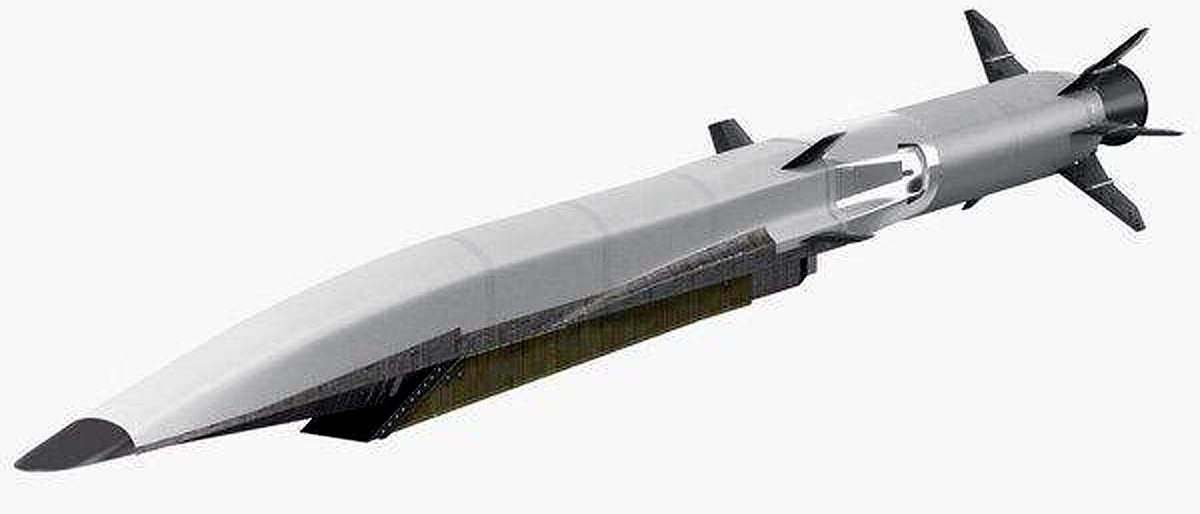
Source: aajtak
Strategic Significance
Against Pakistan: During Operation Sindhur, the BrahMos missile demonstrated its might. The ET-LDHCM is substantially more lethal, capable of decimating deep military targets in Pakistan.
Against China: Amidst China's growing influence in the Indo-Pacific, this missile reinforces India's deterrence strategy, particularly along the LAC and nearby areas.
Global Standing: Until now, only Russia, the USA, and China possess hypersonic cruise missile technology. Successful testing of the ET-LDHCM would place India in this exclusive group.
Technical Challenges and Future Prospects
Developing this missile presented numerous challenges for DRDO, such as crafting heat-resistant materials and the scramjet engine. Recently, DRDO conducted a successful 1000-second ground test, showcasing its progress. In the future, this technology might extend to space launches and disaster relief, creating job opportunities within private industries.
